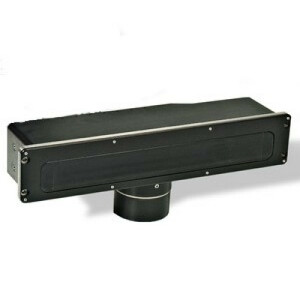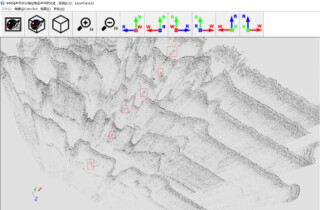

Observing Interactions between Predators and Prey: the Case of Herring-eating Killer Whales
Large ocean predators, Killer Whales, can have large impacts on the marine food chain and a s result, the marine environment. The aim of this project is to study and understand if, and how, the feeding behavior of Icelandic Killer Whales changes at different times of the year to adapt to their prey behavor. Their prey being the seasonal-changing herring fish who are the whales' main source of food.
SITUATION:
Killer whales, as top predators can have important impacts on marine food webs, but understanding these impacts, particularly in the face of changing environmental conditions requires an understanding of the adaptability of their feeding behavior. Icelandic killer whales are thought to feed predominantly on herring, a fish that dramatically changes its behavior throughout the year, depending on whether it is spawning, in the summer, or overwintering, in the winter. The aim of this project is to study if and how the feeding behavior of Icelandic killer whales changes at different times of the year to adapt to their prey behavior.

Photo by Migule Neves
CHALLENGE
To achieve this we study how wild killer whales interact with herring using a SeaBat 7128 Multibeam sonar in winter and summer. Underwater visibility in these waters is very poor and the sonar is the perfect tool to allow us to see what is happening underwater. This study will allow us to assess what factors influence and potentially constrain the feeding behavior of killer whales and predict their adaptability to changes in the marine ecosystem.
EQUIPMENT
We use the SeaBat 7128 with a sound velocity profiler from a small (5.7m) zodiac mounted on a pole. In the summer we also use a separate small (8m) cabined boat to deploy the sonar, using the same pole system. The advantage of using the SeaBat is the fact that it can be deployed from our vessel, so it’s relatively portable, and cru-cially it’s wide horizontal beam is essential for our research as the whales feed in groups. Therefore, we need a wide horizontal beam to be able to capture the whole group feeding event, which is what we are interested in studying.

Killer Whales seen in the SeaBat 7128 wedge interface
LOCATION
We conduct this study in two locations in Iceland at different times of the year. In Feb/March in Grundarfjordur (West) and in July in Vestmannaeyjar (Southwest). The map below shows the location of these sites.
This project is funded by the National Geographic Global Exploration Fund – Northern Europe, the Icelandic Research Fund (i. Rannsóknasjóður) and supported by Teledyne RESON.

Do you have questions about this case study?
Get in touch with Teledyne Marine, and they would be happy to answer any questions you have about pricing, suitability, availability, specs, etc.

Related products





![3月21日-封面[1].jpg](https://cdn.geo-matching.com/voeE1ywo.jpg?w=320&s=6b3b1a0215d770f8797653e9202a8f52)




